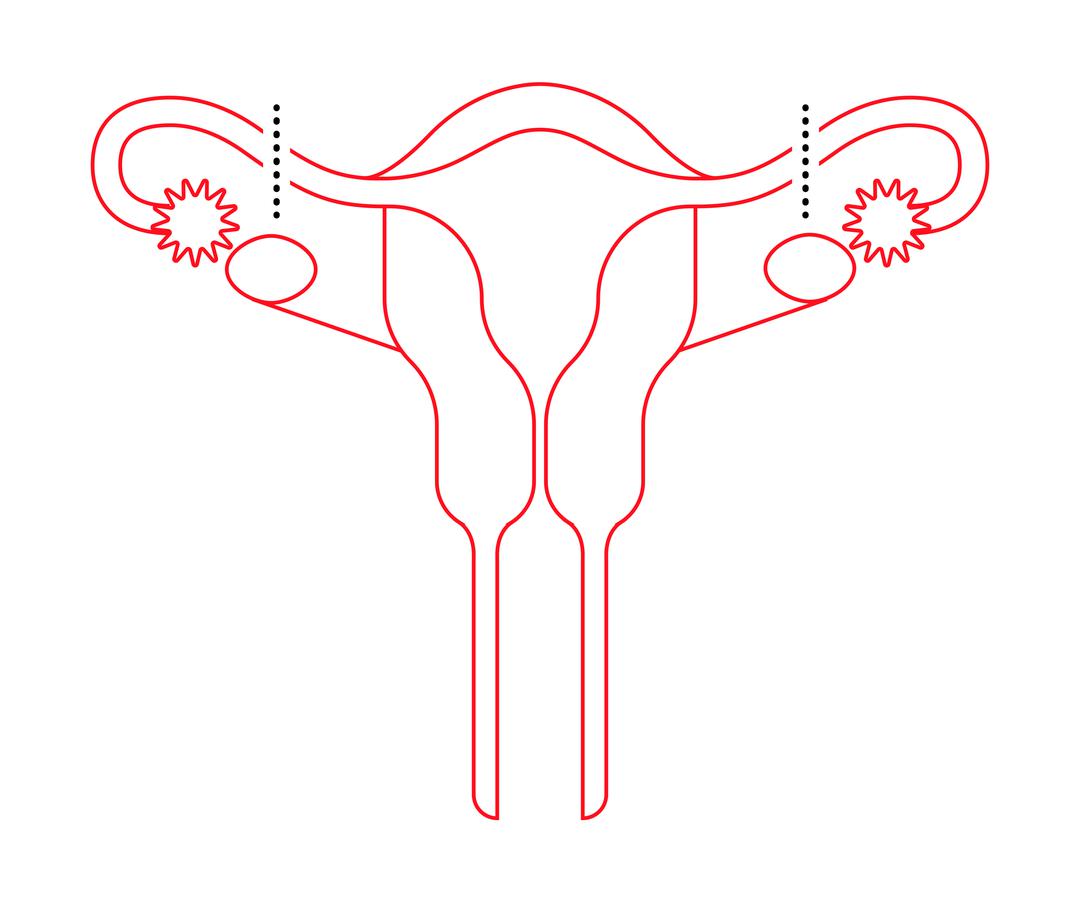
Deciding whether to get Sterilized
July 25, 2019

Most womxn in the United States at some point or another will use some form of contraception to avoid pregnancy. According to the CDC, just under two-thirds of all womxn in the U.S. used some form of contraceptive in 2018 alone.
Reasons behind contraceptive use vary: some people use them as a tool for intentional and methodical family planning or pregnancy spacing. Others use them because they are looking for a more permanent method of avoiding pregnancy–they do not want to be pregnant ever, period. (No pun intended). The importance of people having options, access, and reproductive health freedom are many, and if you are a part of The V Word community (sign up for our email newsletter below) you already know that we believe fully this is a key component of comprehensive women’s healthcare.
Importantly, no contraceptives are 100% effective. If you’re having penetrative, penile-vaginal sex, the only way to ensure that you won’t get pregnant ever is to not have sex, but we all know that abstinence only education simply does not work. So what are your options when you’re ready to make a more permanent, reliable decision about ending sterility? Well, you’ve got options.
Tubal ligation or “getting your tubes tied” is a surgical procedure which either cuts, blocks, or removes the fallopian tubes entirely to permanently prevent pregnancy. (Note here, that male sterilization via vasectomy is also a viable and often underused option, but that’s a topic for another episode.)
The most common procedure for tubal sterilization involves entering the belly through a small incision in the belly button with a tiny camera called a laparoscope. A second small incision is made to insert another special instrument that’s used to either seal, cut, or remove the tubes. If the tubes are removed, they’re pulled out of the same tiny holes made to insert the instruments. And that’s it. Simple.
Other non-surgical options for sterilization include use of a long-acting reversible method (LARC) of contraception like an IUD (Paragard, Liletta, Mirena, Kyleena, or Skyla) or arm implant (Nexplanon). Believe it or not, these are all just as effective in preventing pregnancy as permanent surgical sterilization, but can then be removed if you change your mind in the future. They’re also often the safer options for people with other more complex medical conditions that might make surgery more risky.
Finally, there is a “through the vagina” option. Essure (which was recently taken off the market for related issues like chronic pelvic pain) was the most common of these options, but a newer method called, FemBloc is currently under investigation and available at several universities across the country. FemBloc involves inserting a device very similar to the one used to place IUDs into the uterus and then inserting a body safe glue into the tubes that effectively seals the tubes shut (permanent) but without the need for surgery.
It is important to note that although extremely unlikely, if you do become pregnant after sterilization (<1% chance), that pregnancy is more likely to occur in the place where scar tissue exists: the tubes. This is called an ectopic pregnancy and can be life threatening. If you ever suspect that you are pregnant and have previously been sterilized, it’s important to seek medical care immediately to ensure this is not going on.
To hear more real talk on this issue and about all the barriers our society puts up against it, check out our In Their Shoes episode with comedian and actress, Megan Koester here.